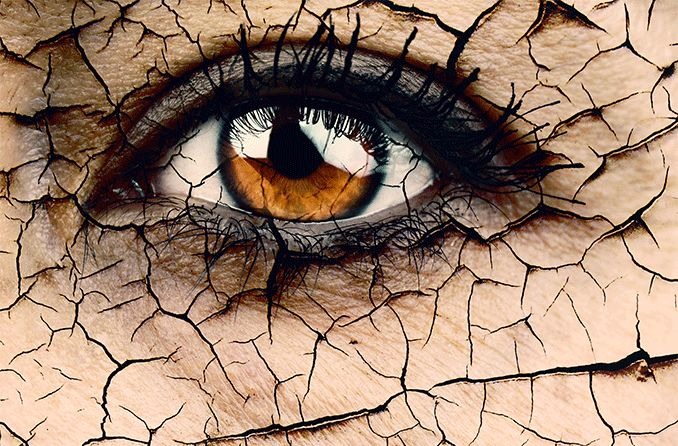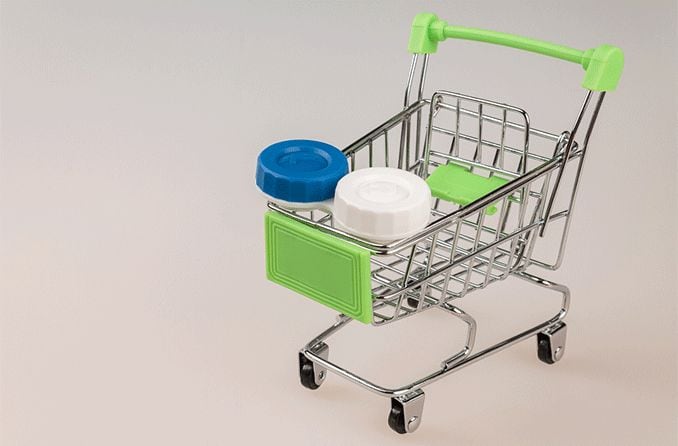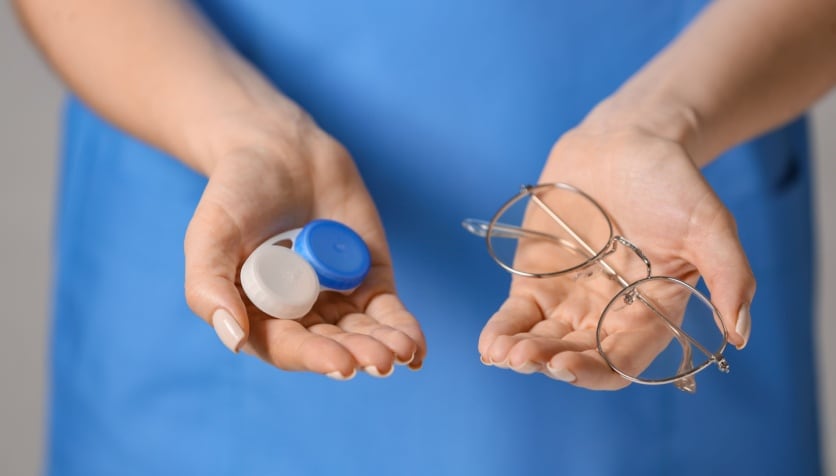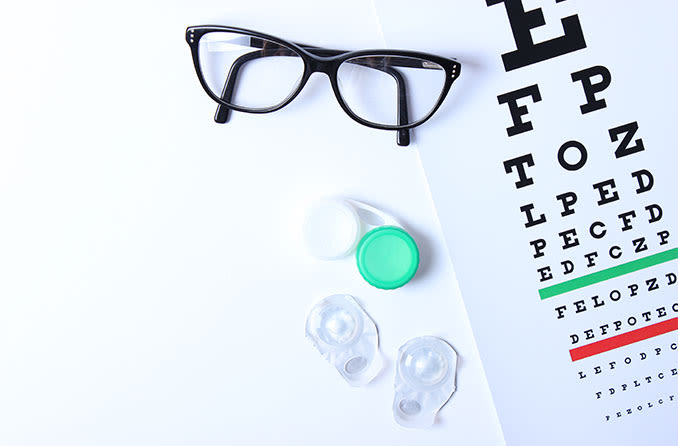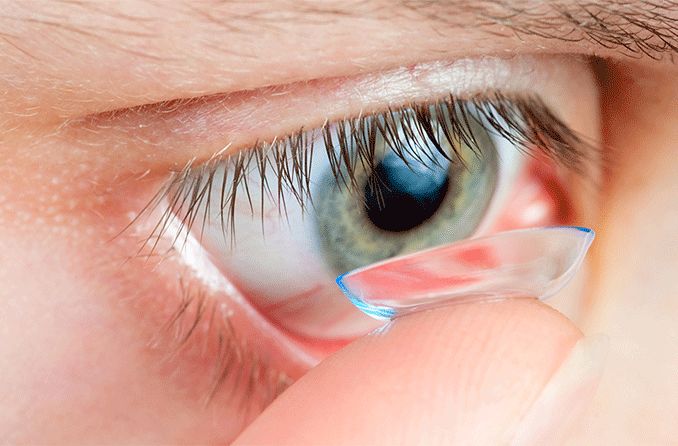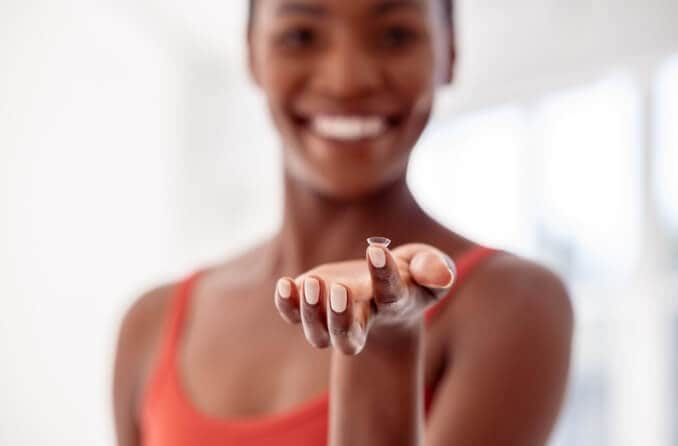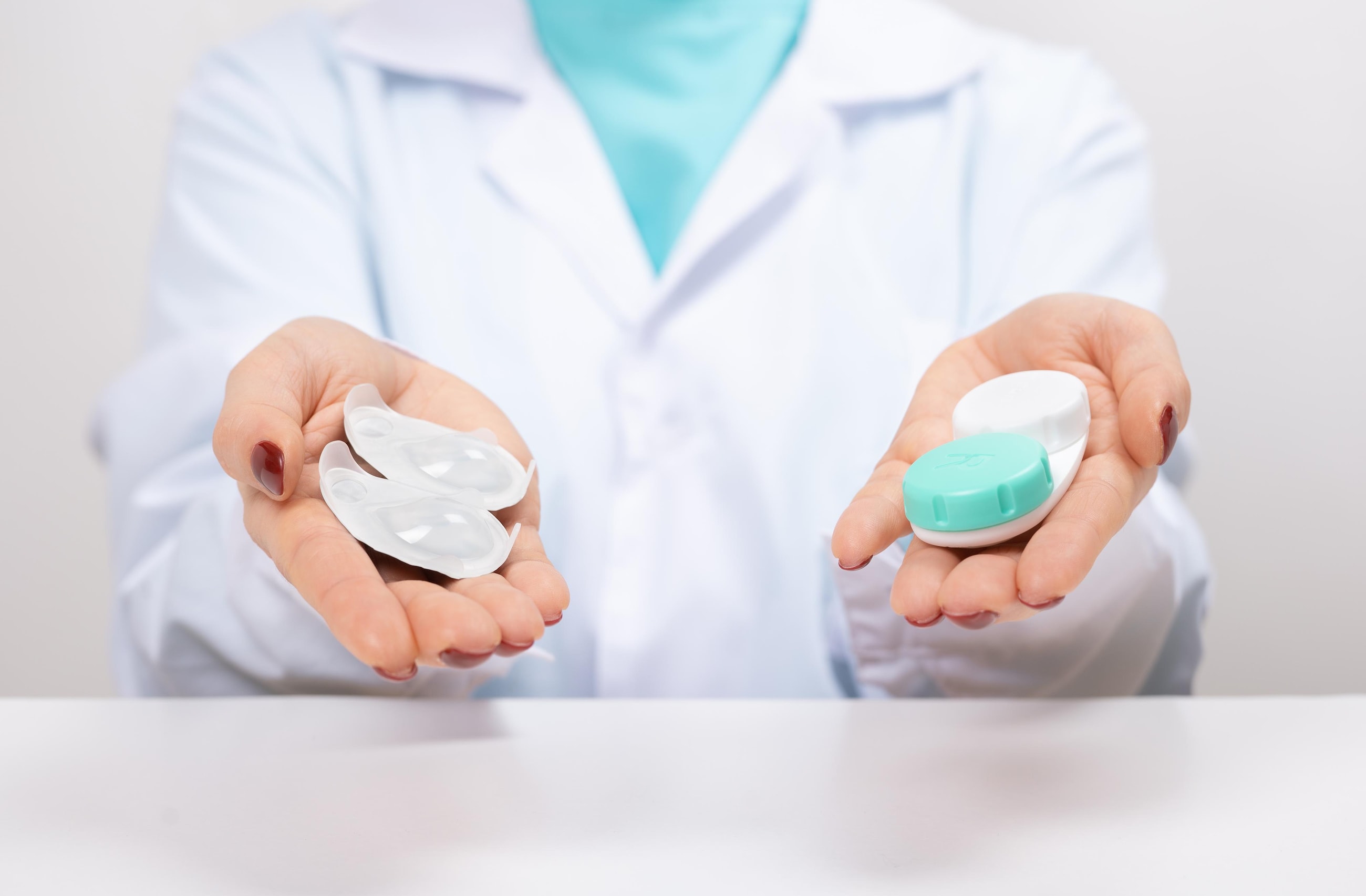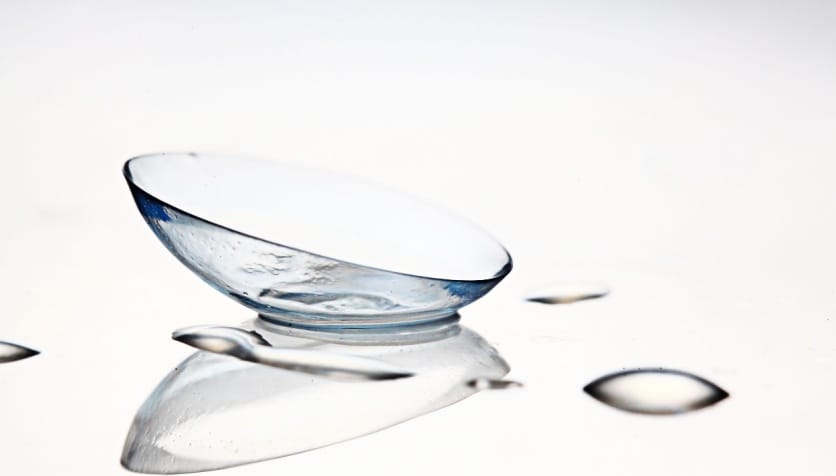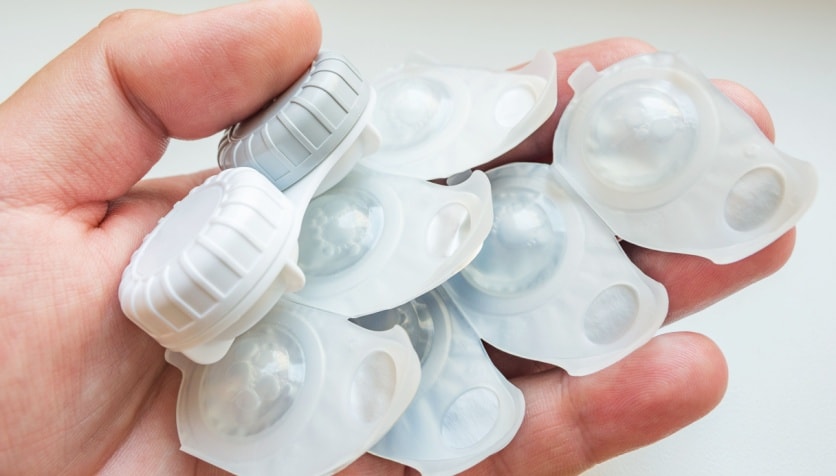The dryness, irritation and redness associated with dry eyes are becoming increasingly common as our daily screen time mounts. These sensations can be distracting or even painful. For people who wear contacts, the effects of dry eye may be magnified.
Daily contact lenses typically cost more than weekly or monthly contacts, but they’re often the best option for dry eyes. Their wearability comes down to how they’re designed and manufactured, but your eye care practitioner should be able to walk you through your best options.
SEE RELATED: What causes dry eyes?
Why do daily contacts work so well for dry eyes?
Dry eyes tend to get along well with dailies because they get a new pair to work with every day. When you toss out a pair of daily contacts, you’re also throwing away all the protein deposits and other “gunk” that builds up on the surface of lenses throughout the day.
Weekly, biweekly and monthly lenses require regular storage and cleaning with contact solution. This helps remove deposits from the lens, but it doesn’t completely remove wear and tear like a fresh pair of dailies.
Daily contacts are usually thinner than contact lenses worn for longer periods of time. A soft, thin build results in an easier integration with the cornea and less of a feeling that something is sitting on your eye.
Dailies allow for less buildup on your lenses, and can therefore also reduce the chance of contracting an eye infection or a reaction like giant papillary conjunctivitis.
Although daily lenses are generally recognized as the best option for dry eyes, they’re not for everyone. Some peoples’ eyes tolerate longer-term contacts better, so it’s important to discuss your options with your eye doctor and try out a pair beforehand.
1. Dailies Total1
Dailies Total1 (Alcon) have some of the highest overall satisfaction among contact lens users looking to reduce the uncomfortable effects of dry eyes.
Dailies Total1 features a unique, water gradient technology with almost 100% water content at the outermost layer of each lens. This combines with a thin lens profile and one-day wear to provide benefits that are well-tolerated by dry eyes. [Read more about Dailies Total1 contacts.]
2. Proclear 1 day
If Dailies Total1 are out of your budget or aren’t comfortable, Proclear 1 day (CooperVision) is another popular daily lens. Formulated specifically for people with dry eyes, they advertise phosphorycholine (PC) molecules to help form a protective layer of water around the lens.
Proclear claims that the lenses retain as much as 96% hydration after 12 hours of wear.
What if I have astigmatism?
Daily contacts like Dailies Total1 might be popular among those with dry eyes, but there’s a catch. They aren’t available for people with astigmatism.
Astigmatism, a common defect in the shape of the cornea, requires toric lenses. Torics have a slightly different shape to correct how light enters the misshapen cornea.
If you have astigmatism and are in the market for daily torics, you might feel a little short changed when you compare the options available for those without astigmatism. Fortunately, lens manufacturers are now developing a wider variety of contacts for astigmatism than ever before. Less fortunately, this usually translates into a slightly higher cost per lens.
While there are no toric lenses marketed specifically as contacts for dry eyes, certain torics have features that better cooperate with dryness.
3. Acuvue Oasys
Acuvue Oasys for Astigmatism lenses are commonly prescribed for people who are having issues with contacts or eye dryness — or both. Acuvue now offers a daily version of the biweekly lens.
While the biweekly lenses use a moistening technology called Hydraclear, Oasys dailies use a similar method called HydraLuxe. Both are designed to work in tandem with your natural tears and provide extended comfort throughout the day.
READ MORE: 7 best contacts for astigmatism in 2024
Scleral lenses for dry eyes: A nontraditional option
Scleral lenses have been around for a while, but they often go unnoticed in the search for the best contact lenses for dry eyes.
These lenses cover more of the sclera — the white part of the eye — than traditional contacts. Exact sizes will vary based on your condition and what your eyes can tolerate. They’re most commonly used for people with irregular corneas, but they can also be invaluable tools for patients with severe dry eye.
Scleral lenses are classified as gas permeable (GP) lenses. They are less flexible than disposable lenses, but usually allow more oxygen to reach the eye.
Their size may be intimidating, but patients who tolerate scleral lenses well often report better vision than they had with traditional contacts.
They require a custom fit to the shape of your cornea, so they don’t come cheap. They can cost hundreds, or even thousands, of dollars per lens. Luckily, a single lens can last multiple years with proper care. In some cases, vision or medical insurance may be able to reduce the overall cost.
Caring for your contacts and your eyes
How you care for your contact lenses can play a big part in how well they work with dry eyes, especially when you aren’t using daily lenses. Maintaining a regular schedule of cleaning and soaking your lenses with a high-quality contact solution may reduce feelings of dryness or discomfort.
Many doctors will even recommend cleaning and soaking extended wear contacts designed for longer periods of wear.
Finding the cause of dry eyes
Aging, medications and conditions like blepharitis or meibomian gland dysfunction can all result in chronic dry eye. New contacts might boost your overall comfort, but some level of irritation could continue if you don’t address the root of the problem.
Scheduling a comprehensive eye exam with an eye doctor will provide the best insight into the cause of your discomfort. Your doctor may be able to suggest medication, supplements or other treatments to ease the symptoms of dry eye syndrome.
READ MORE: Best eye drops for dry eyes
